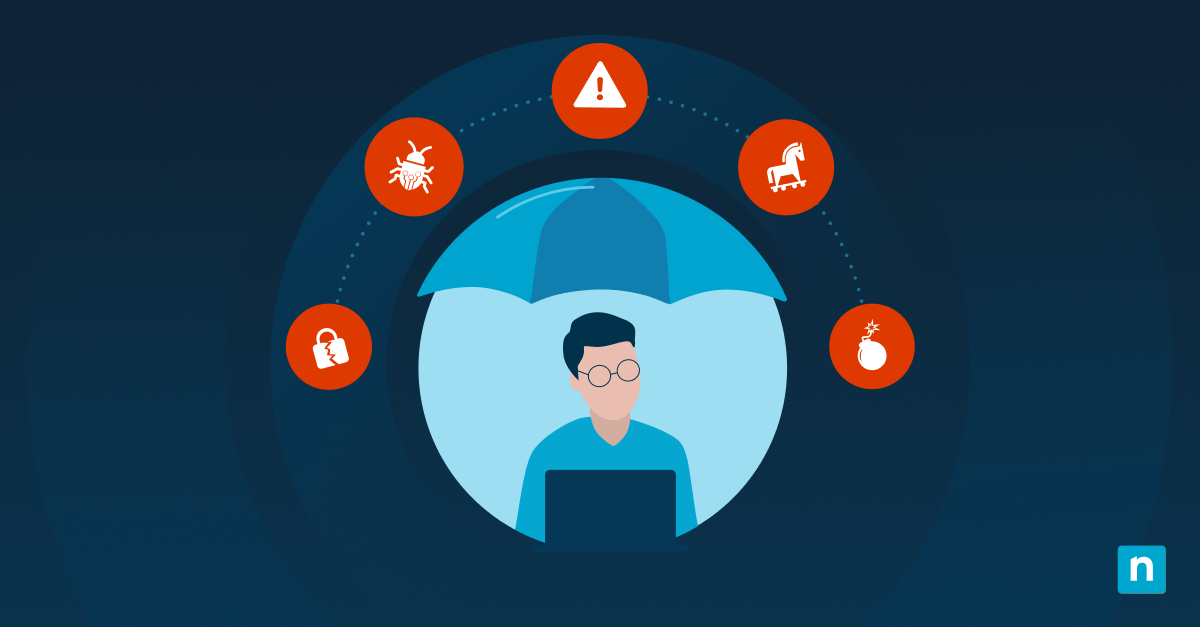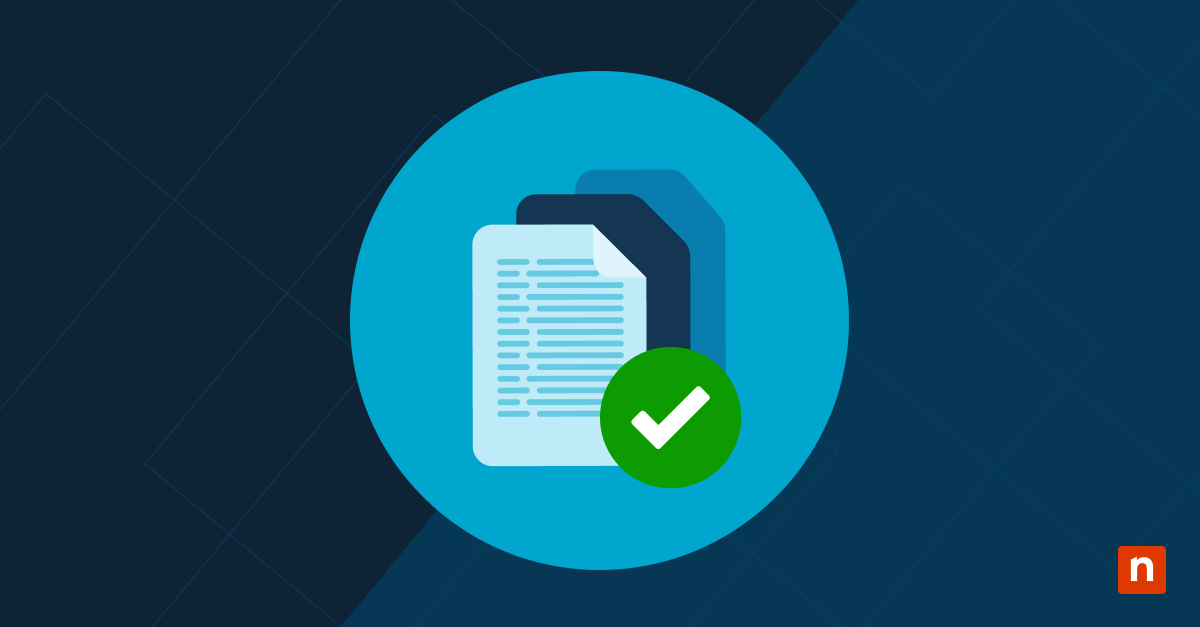Key Points
- Fix Duplicate Drives in File Explorer (Windows 10): Remove unnecessary drive icons from the navigation pane to reduce clutter and improve usability.
- Edit Registry Key to Remove “Removable Drives” Entry: Delete CLSID {F5FB2C77-0E2F-4A16-A381-3E560C68BC83} in the Registry Editor to eliminate duplicate drive listings.
- 64-bit Windows Requires Additional Registry Path Update: Windows 10 64-bit systems must also remove the key under WOW6432Node for complete removal.
- Restart File Explorer to Apply Registry Changes: Use Task Manager to restart Windows Explorer and immediately reflect changes in File Explorer.
- Restore Default Drive Entries by Re-adding CLSID Key: Easily restore hidden drives by recreating the same registry key with the value “Removable Drives”.
When File Explorer shows duplicate drive icons across its navigation pane, it disrupts productivity by complicating path navigation and file location. These multiple instances of the same drive create a cluttered workspace can waste time through slow, inefficient, and unintuitive file structures.
If you’re asking yourself “How do I fix duplicate drives in File Explorer?”, you’re on the right page. This guide walks you through ridding duplicate drives in File Explorer, restoring them, providing answers to FAQs, and solving common issues.
By the end of this guide, you’ll have a streamlined File Explorer navigation experience that is both user-friendly and easy on the eyes.
Easily manage system drivers and files across your IT network.
How to remove duplicate drives in File Explorer
Removing duplicate drives from the navigation pane can be easily done through the Registry Editor, but be cautious when making such modifications. Incorrect changes in the registry can cause serious system issues, including boot problems and data loss.
NOTE: Consider backing up your registry before making any changes in the Registry Editor.
To back up a registry key:
- In Registry Editor, right-click the key you plan to modify or delete (e.g., NameSpace or the specific CLSID).
- Select Export.
- Choose a location and file name, then click Save. If needed, double-clicking the saved .reg file will restore the key.
Without further ado, here’s how you can remove a duplicate drive in the navigation pane:
Step 1: Open the Registry Editor using the Run dialog box
- Press Win + R to launch Run.
- Type regedit, then hit Enter to launch the Registry Editor.
Step 2: Navigate to the CLSID key
- Inside the Registry Editor, navigate the following path: HKEY_LOCAL_MACHINE\SOFTWARE\Microsoft\Windows\CurrentVersion\Explorer\Desktop\NameSpace.
- Click NameSpace to access the list of GUID keys.
Step 3: Find and remove specific GUID keys
- Depending on your system and updates, duplicate drive entries are associated with specific CLSID values (GUIDs).
- Find the subkey {F5FB2C77-0E2F-4A16-A381-3E560C68BC83}, right-click, then press Delete. If the key isn’t inside NameSpace, open Delegate Folders and search there.
- Click Yes to confirm the change.
Step 4: Navigate the 2nd CLSID key (for Windows 10 64-bit users)
Important: This section is only for Windows 10 64-bit users; if you’re running Windows 10 32-bit, proceed to the next step.
- Go to: HKEY_LOCAL_MACHINE\SOFTWARE\WOW6432Node\Microsoft\Windows\CurrentVersion\Explorer\Desktop\NameSpace\DelegateFolders.
- Right-click {F5FB2C77-0E2F-4A16-A381-3E560C68BC83}, then press Delete.
- Select Yes on the pop-up prompt.
Step 5: Apply and save changes by restarting File Explorer
- Exit the Registry Editor by pressing X in the window’s upper-right corner.
- Hit Ctrl + Shift + Esc simultaneously to open Task Manager.
- Under Processes, find and right-click Windows Explorer, then press Restart.
How to restore drive entries in File Explorer
There are some use cases where restoring default drive entries in the navigation pane can prove beneficial. For example, if you’re running virtual machines (VMs) or containers, you’ll have the flexibility to display the same physical storage for your host machine and again for VMs or containers. This provides the leeway to share data across environments, simplifying workflow in the long run.
Here’s how you can restore default drive entries in File Explorer:
- Open the Registry Editor and go to HKEY_LOCAL_MACHINE\SOFTWARE\Microsoft\Windows\CurrentVersion\Explorer\Desktop\NameSpace.
- Right-click NameSpace and select New > Key.
- Name the key {F5FB2C77-0E2F-4A16-A381-3E560C68BC83}.
- Inside the created key, double-click (Default) and set its value to Removable Drives.
- For Windows 10 64-bit users, follow these additional steps:
- HKEY_LOCAL_MACHINE\SOFTWARE\WOW6432Node\Microsoft\Windows\CurrentVersion\Explorer\Desktop\NameSpace\DelegateFolders.
- Name the newly-created key {F5FB2C77-0E2F-4A16-A381-3E560C68BC83}.
- Double-click (Default) inside it, and change its value to Removable Drives.
- Close the Registry Editor and restart File Explorer using Task Manager.
FAQs when removing duplicate drives from the navigation pane
Does removing the entry affect how drives function?
No, removing the correct entry that contains the associated CLSID values for duplicate drives affects how drives show in the navigation pane. It’s a visual change that doesn’t impact drive operation, file access, and other key functions when navigating File Explorer.
However, remember that the Registry Editor is a powerful tool that offers precise system control, and incorrect modifications can lead to a broken system. To avoid that, it’s important to know how to use the Registry Editor and observe best practices when modifying it.
Will this survive a Windows update?
Although registry changes can survive some updates, this isn’t always the case, as major Windows updates revert specific system settings to their original values. If this happens, you can always revisit this guide when removing duplicate drives from the navigation pane.
Consider backing up your Windows Registry before installing major OS updates to ensure a quick rollback if things go south.
What if I delete the wrong registry key?
Be very careful when changing the registry, as incorrect edits can lead to system instability. As a rule of thumb, back up your registry before editing it because, unlike other software, the Registry Editor doesn’t have a built-in Undo functionality to revert changes to default. Once you delete a registry key, it’s automatically applied to the system.
How do I fix Windows Explorer showing drives twice in the sidebar?
You can swiftly remediate this issue by following these steps:
- Open the Run dialog box by pressing Win + R, input regedit, then hit Enter.
- Go to: HKEY_LOCAL_MACHINE\SOFTWARE\Microsoft\Windows\CurrentVersion\Explorer\Desktop\NameSpace.
- Inside NameSpace, locate the subkey {F5FB2C77-0E2F-4A16-A381-3E560C68BC83}.
- Right-click the subkey, then press Delete.
You can check the detailed process outlined above if you need more information about the provided steps.
Monitor and troubleshoot endpoints via a single IT management dashboard.
→ Get started with a 14-day NinjaOne RMM® free trial
Common issues faced fixing duplicate drives in File Explorer
Changes don’t take effect immediately
Registry edits instantly apply after you confirm the changes; with that said, it’s normal to expect these changes to appear once you exit the Registry Editor. However, in the case of removing redundant drives, keep in mind that you have to restart the File Explorer for the edits to take effect.
Restarting the File Explorer can be done in two ways: simply reboot your PC or reinitialize the Windows Explorer via Task Manager. Here’s how to do it:
- Press Ctrl + Shift + Esc to launch the Task Manager.
- Scroll down under the Processes tab, then find and right-click Windows Explorer.
- On the pop-up menu, select Restart to refresh File Explorer.
Refreshing the Windows Explorer process allows you to apply the registry change without restarting your PC.
Registry key not found
If you can’t find {F5FB2C77-0E2F-4A16-A381-3E560C68BC83} inside the NameSpaces key, enter DelegateFolders subkey found within the same directory, as duplicate drive entries are stored there sometimes.
However, suppose you still can’t locate the registry key. In that case, it’s likely due to the difference between Windows update versions or File Explorer settings, as Microsoft sometimes changes how drives appear in the navigation pane.
Streamline your UI by removing duplicate drives in File Explorer
Working with a cluttered navigation pane can sour your work experience, but now you’ve learned how to fix redundant drives in File Explorer, and with this, you have the tools to streamline your UI according to your taste. Whether you’re deleting multiple drive entries or restoring duplicates for specific use cases, this guide has you covered from both sides.
As stated, you can erase duplicate drive entries from the navigation pane by deleting a specific registry key. Conversely, you can restore them by re-adding the associated GUID key if the need arises. However, incorrect changes in the Registry Editor can cause serious issues that can destabilize system performance—it’s strongly recommended to exercise caution and create a registry backup before making any change.








